Synopsis
The tale of Air Commodore Dogar becoming the first PAF officer to earn the Sitara-e-Jurat
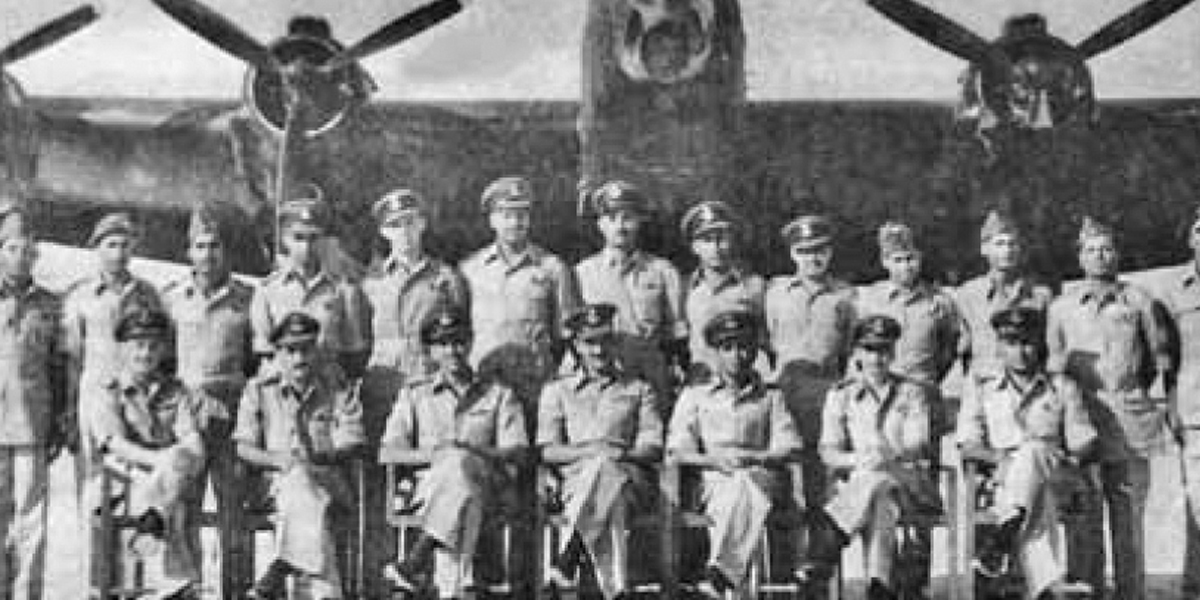
Initially, when the skirmishes in the volatile Kashmir valley started in early 1948, the Government of Pakistan gave orders to Pakistan Airforce (PAF) to support the Pakistan Army by dropping supplies in the northern areas. In this backdrop, Air Commodore Mukhtar Ahmed Dogar, then a Flight Lieutenant, along with his aircrew took-off in a Dakota in the early morning of November 4, 1948 from Chaklala. The mission was to para-drop supplies for the Pakistan Army troops engaged in the skirmishes in Kashmir. The weather was fine and the spirits of the crew were high. The venerable Dakota flew through the winding Indus valley. On approaching the drop zone, Dogar reduced speed, prepared the aircraft in para-drop configuration, and got ready for the final run. The Navigator on board started with the final countdown. Overhead, the sandy bed near Skardu valley, the load was dropped and aircraft exited. Dogar gave the controls over to Flying Officer Jagjivanm his co-pilot, on the way back so that he could relax for a while.
The aircraft was somewhere over Chilas when the crew sighted two Tempests above their own aircraft. Dogar first took them for PAF aircrafts and continued as planned. Soon he discovered their identity and quickly took over the controls from his co-pilot – they were the Indian Airforce (IAF) jets. On the Radio, the Tempests ordered Dogar to turn back and go to nearest Indian airfield otherwise they would shoot down the Dakota. The valley at Chilas is about five miles wide, permitting easy manoeuvring of an aircraft. Dogar turned sharply and instead of complying with their command weaved along towards Risalpur. The Indians repeated the order three times, but he did not respond. At this point, the Indians fired a free burst to show that they were armed. Undaunted, Dogar pressed on, at full throttle weaving along the Indus valley at deck level. His main concern was to get to the narrow portion of the valley as quickly as possible. The army personnel on board were feeling rather queasy by now with all evasive manoeuvring and, ignorant of the situation outside, requested Dogar to ease off; they appeared to be under the impression that he was trying to impress them with his piloting skills. A fateful realisation came over them when they learnt that Dogar was fighting not only for his own life but for theirs too. Naik Muhammad Din, however, was watching from the open doorway of the aircraft, blissfully unaware of what was to come next. At this time, one of the Indians broke off, gained a little height, and came in to attack. He obviously meant business now and fired a full burst at the Dakota, fatally wounding Naik Muhammad Din and knocking Jagjivan unconscious with a profusely bleeding arm.
By now, the aircraft had got to the narrow neck of the valley. Dogar immediately asked Air Signaller Mohsin to stand up and kick him every time he saw the fighters coming in for a kill. Thrice he was kicked and thrice he successfully eluded death. The aircraft had come down to deck level now, scraping almost along the river’s surface, well out of the fighters’ reach. As the valley started to become narrow, the IAF seemed to give up the chase and decided to turn back. The whole encounter lasted for about 25 minutes. Flying Officer Jagjivan, who had received six shrapnel of the 20 milimetre cannons fired by the attacking Tempests, survived later on. Dogar thus became the first PAF officer to earn the coveted Sitara-e-Jurat in the 1948 Kashmir War. He set the example of grit and indomitable courage right when the PAF was at an incipient stage. The nation beckoned to the aircrew, and they responded resolutely.
Early Life and Career
Hoshiarpur born Mukhtar Ahmed Dogar was the son of Hakim Ali Dogar. After receiving his primary education at his home town, he was accepted into the Royal Airforce (RAF) Academy at Cranwell. After graduation, Dogar joined the RAF and participated in 1945 Burma Campaign as a Flying Officer. After the independence of Pakistan, Flying Officer Dogar opted for Pakistan’s nationality, and was inherited in the Number Five Squadron – Falcons. While posted in Gilgit, he actively participated in Indo-Pakistani War of 1947. He also had a short stint at Miranshah where he flew numerous close air support missions against tribal warlords and carried out watch and ward duties for a couple of years. Later in his career, he commanded various squadrons of the PAF. Air Comodore Dogar breathed his last on June 5, 2004 and was buried with full military honours in his native town in Faisalabad.
Catch all the Breaking News Event and Latest News Updates on The BOL News
Download The BOL News App to get the Daily News Update & Live News.







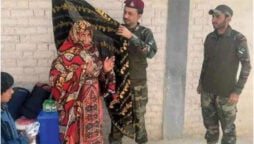
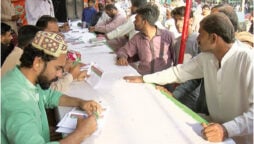
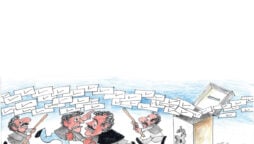
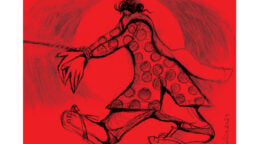

 Read the complete story text.
Read the complete story text. Listen to audio of the story.
Listen to audio of the story.